Laurel Lockamy has seen her share of dead sea life washing up on the beaches of Mississippi. Like a few other residents, she's toted her camera along wherever she goes, documenting the dolphins, sea turtles, red fish and plethora of dead birds that seem to be washing in unusually high numbers.
That isn't stopping Gulf businesses from hoping for a better year than last, when beaches were soaked in oil and tourism vanished with the black tide. Now there are signs business is rebounding. Tourist industries in Florida panhandle report better than expected traffic this year. Some in Congress in fact are pushing for increased drilling in the Gulf, with fewer safety and environmental reviews of the process. It seems some lawmakers have short memories.
But not all is well in the Gulf. High numbers of endangered sea turtles and dolphins have washed into the beaches, although the number of fatalities is declining. Scientists still don't know what has caused this spike in deaths.
Comment: The scientists may claim they don't know what's caused the spike in deaths, but we think it's pretty obvious to everyone else. The BP oil spill is the greatest environmental disaster of its kind in our history. BP dumped two million gallons of toxic oil dispersants in the Gulf, and marine life continues to perish.
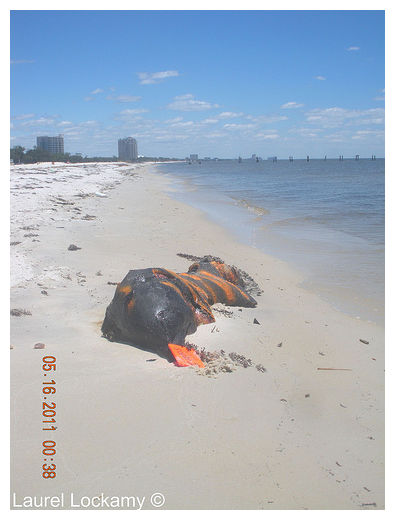

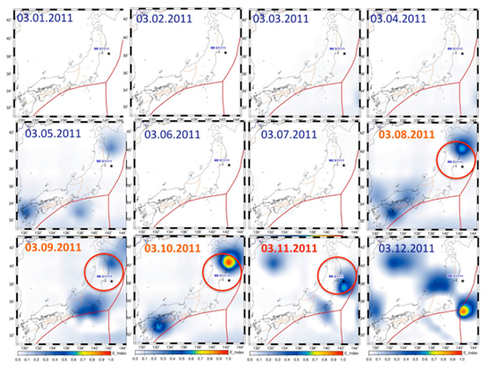
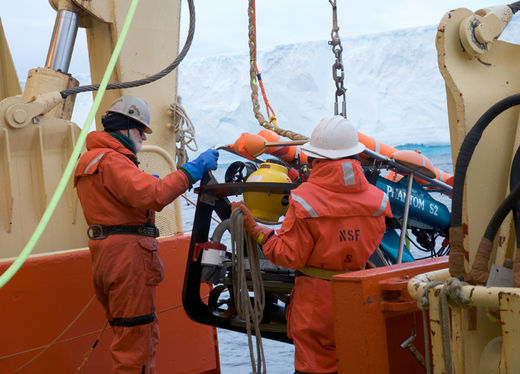
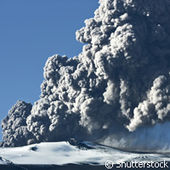
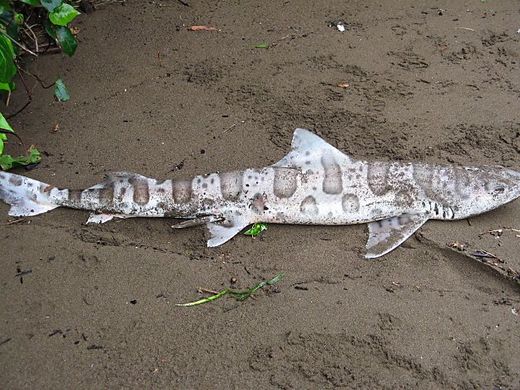
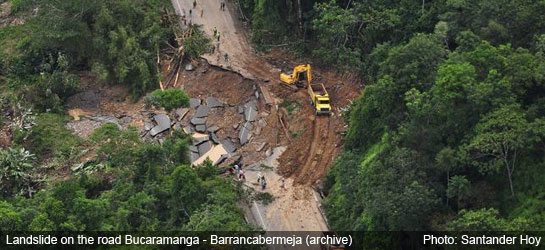
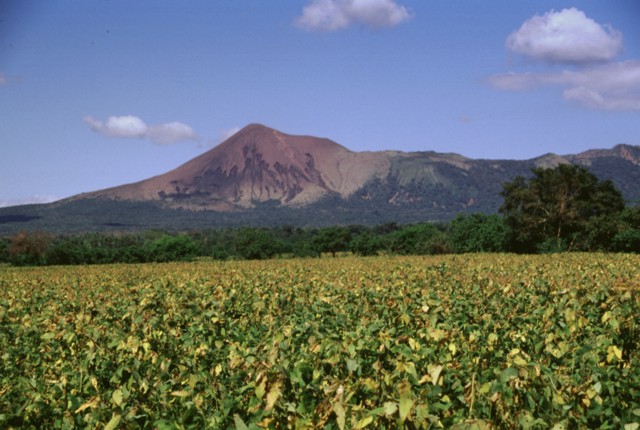
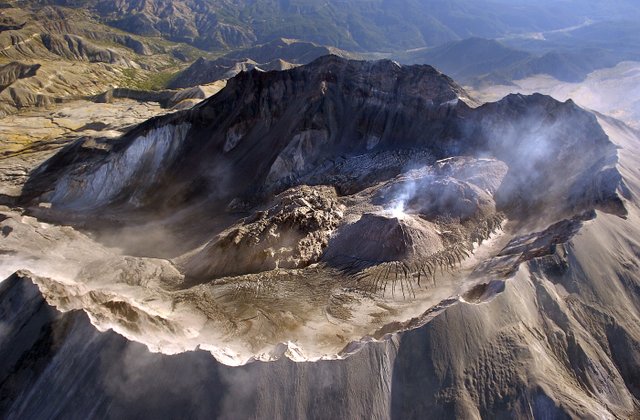



Comment: They will never say for sure because they are either paid by BP, or silenced by government agencies.